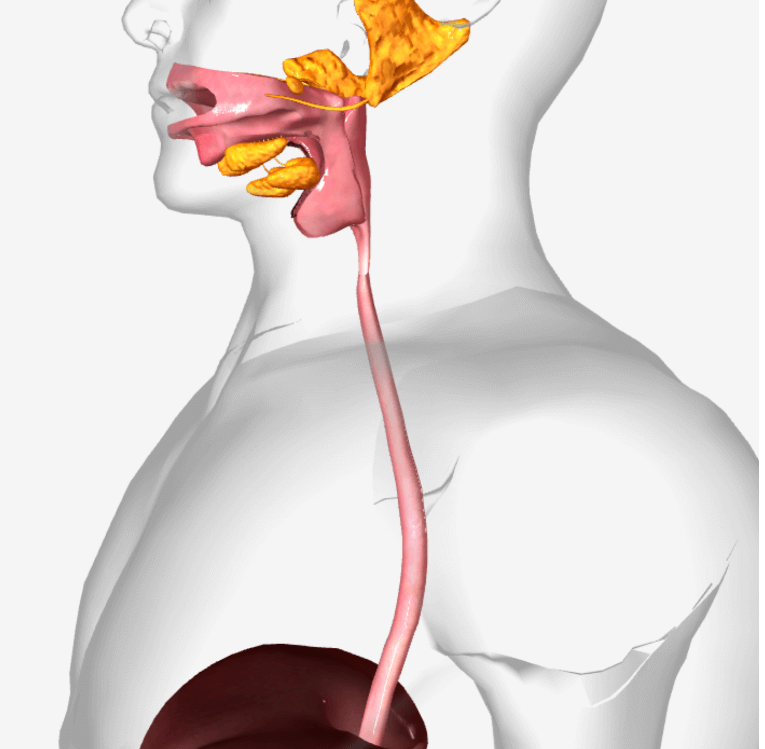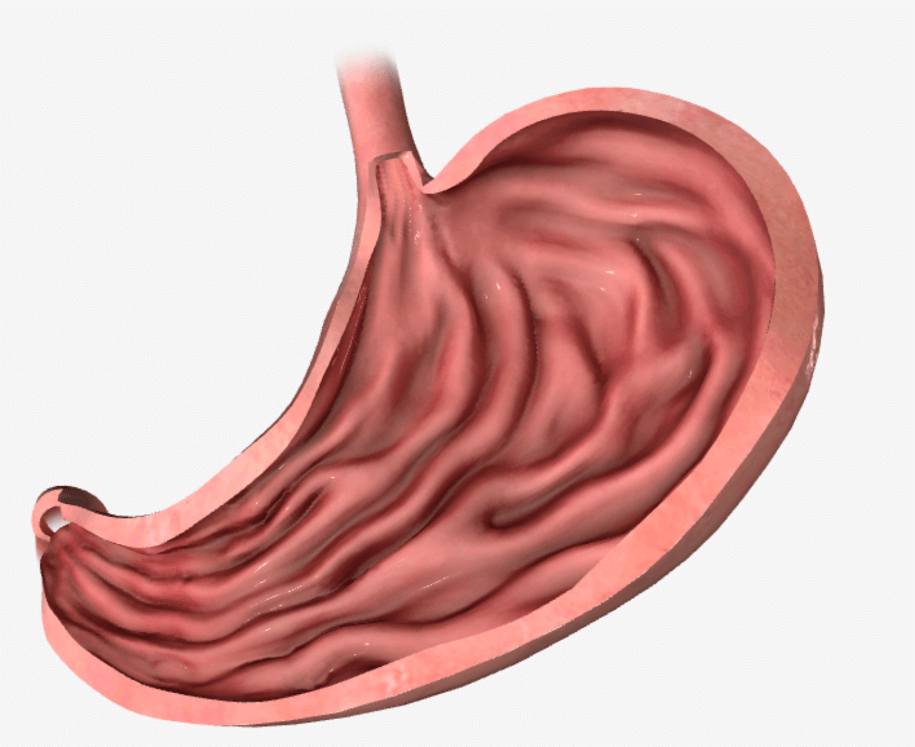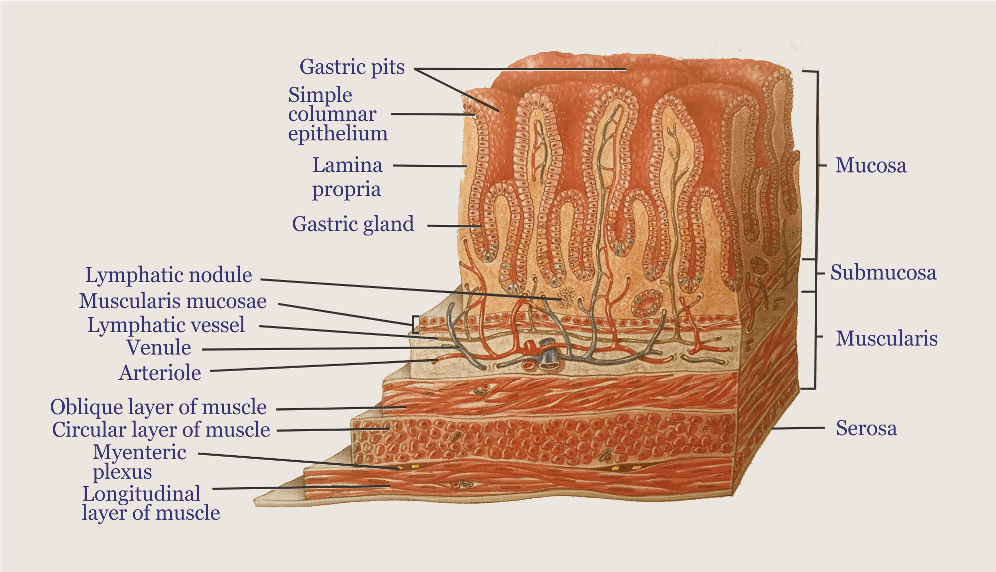PANCREAS

The pancreas is both an endocrine gland and an exocrine gland. Size is about 15 cm in length, the pancreas is located in the curve of the duodenum, behind the stomach, which consists of a head, body, and a tail.
Endocrine tissue called pancreatic islets or islets of Langerhans. 99% of the clusters, called acini forms the exocrine portion of the organ. The cells within acini secrete a mixture of fluid and digestive enzymes called pancreatic juice.
Endocrine portion
Types of cells in Pancreas-
1. Alpha or A cells secrete glucagon
2. Beta or B cells secrete insulin
3. Delta or D cells secrete somatostatin
4. F cells secrete pancreatic polypeptide
Control and secretion of glucagon and insulin-
• Hypoglycemia stimulates the secretion of glucagon from alpha cells of the pancreatic islets and hyperglycemia stimulates secretion of insulin by beta cells of the pancreatic islets.
• Glucagon- Raises blood glucose levels when it falls below. Ex- Hypoglycemia Stimulates secretion of glucagon from alpha cells of the pancreatic islets.
• Glucagon acts on hepatocytes to increase the conversion of glycogen into glucose. Promote the formation of glucose from lactic acid and amino acids. As a result, hepatocytes release glucose into the blood more and the level rises.
• Blood glucose continues to rise, high blood glucose level inhibits the release of glucagon.
• Insulin -The level of blood glucose controls the secretion of glucagon and insulin via negative feedback.
• Insulin increases the diffusion of glucose into cells.
• Convert glucose into glycogen (glycogenesis).
• Increases protein synthesis.
• Synthesis of fatty acids (lipogenesis).
• Slow the conversion of glycogen to glucose (glycogenolysis).
• Slow the formation of glucose from lactic acid and amino acids (gluconeogenesis).
• As a result, the blood glucose level falls.
• If blood glucose level drops below normal low blood glucose inhibits the release of insulin (negative feedback) & stimulates the release of glucagon.
Somatostatin –
Inhibit both insulin and glucagon release from beta and alpha cells, slow the absorption of nutrients from the gastrointestinal tract. It inhibits the secretion of growth hormone.
Pancreatic polypeptide-
Inhibits somatostatin secretion, gallbladder contraction, and secretion of digestive enzymes by the pancreas. Its secretion is increased after a protein meal, fasting, exercise, and hypoglycemia.
Exocrine portion-
-The everyday pancreas produces 1200–1500 ml of pancreatic juice, a clear, colorless alkaline liquid consisting of water, some salts, sodium bicarbonate, and several enzymes.
-The enzymes include a starch-digesting enzyme pancreatic amylase, enzymes that digest proteins into peptides called trypsin, chymotrypsin, carboxypeptidase and elastase, the triglyceride digesting enzyme called pancreatic lipase and nucleic acid digesting enzymes called ribonuclease and deoxyribonuclease that digest ribonucleic acid (RNA) and deoxyribonucleic acid (DNA) into nucleotides.
-The protein-digesting enzymes of the pancreas are produced in an inactive form like Trypsin is secreted in an inactive form called trypsinogen.
-When trypsinogen reaches the lumen of the small intestine, it encounters an activating brush-border enzyme called enterokinase, which splits off part of the trypsinogen molecule to form trypsin.
-Trypsin acts on the inactive precursors called chymotrypsinogen, procarboxypeptidase, and proelastase to produce chymotrypsin, carboxypeptidase, and elastase, respectively.



